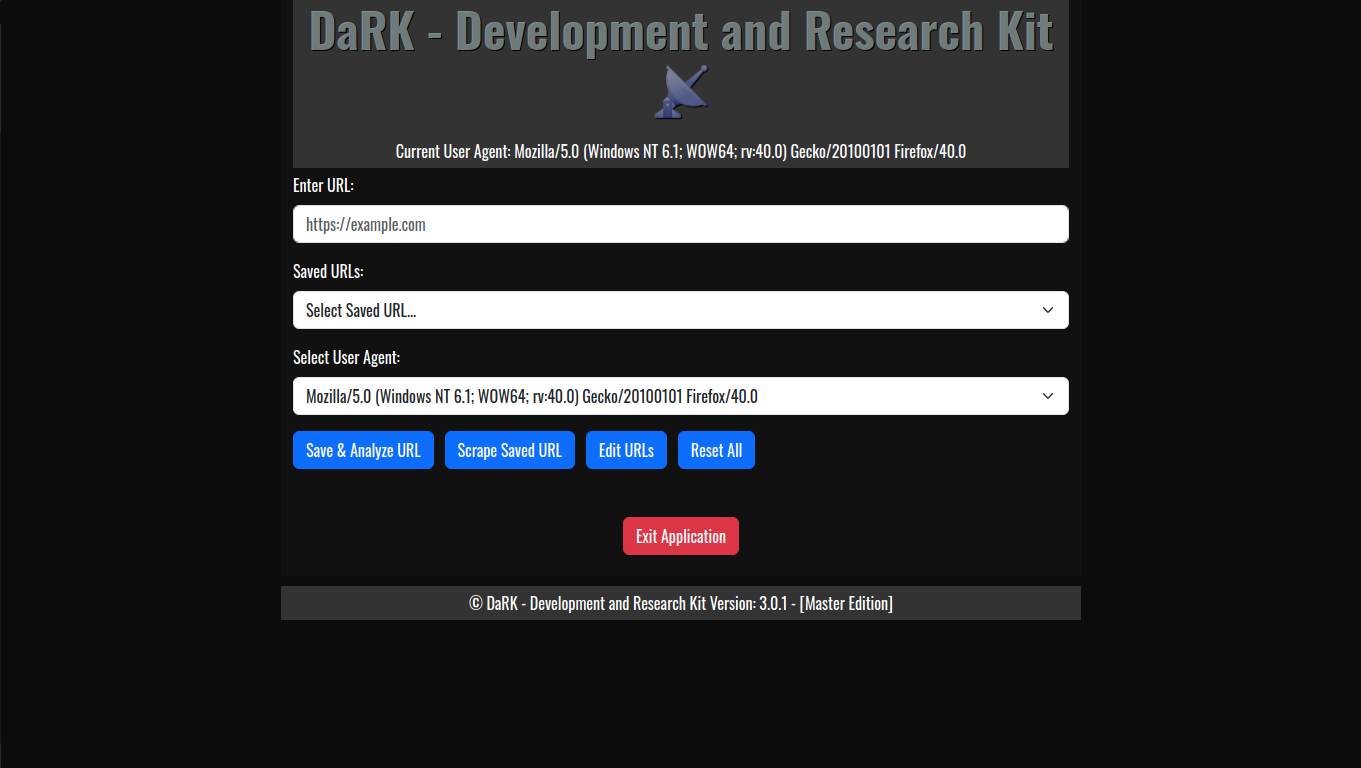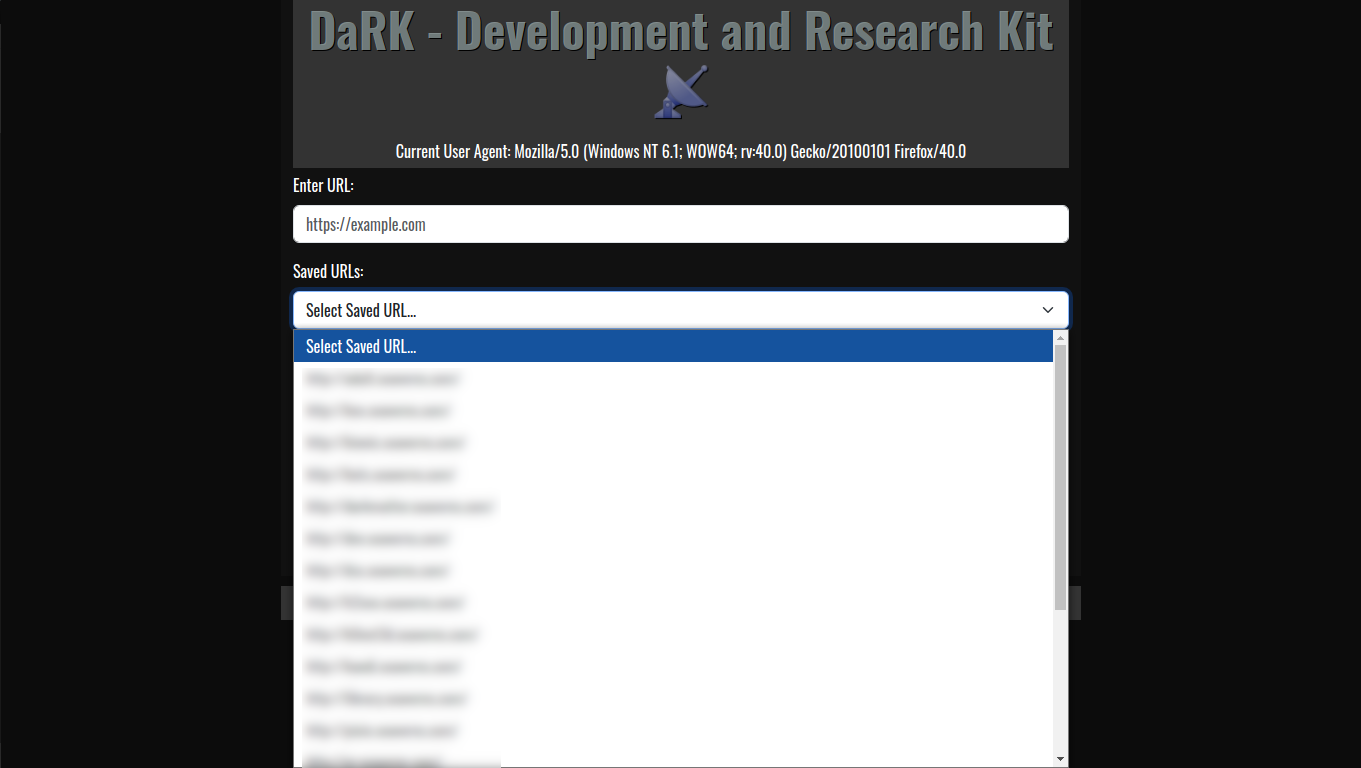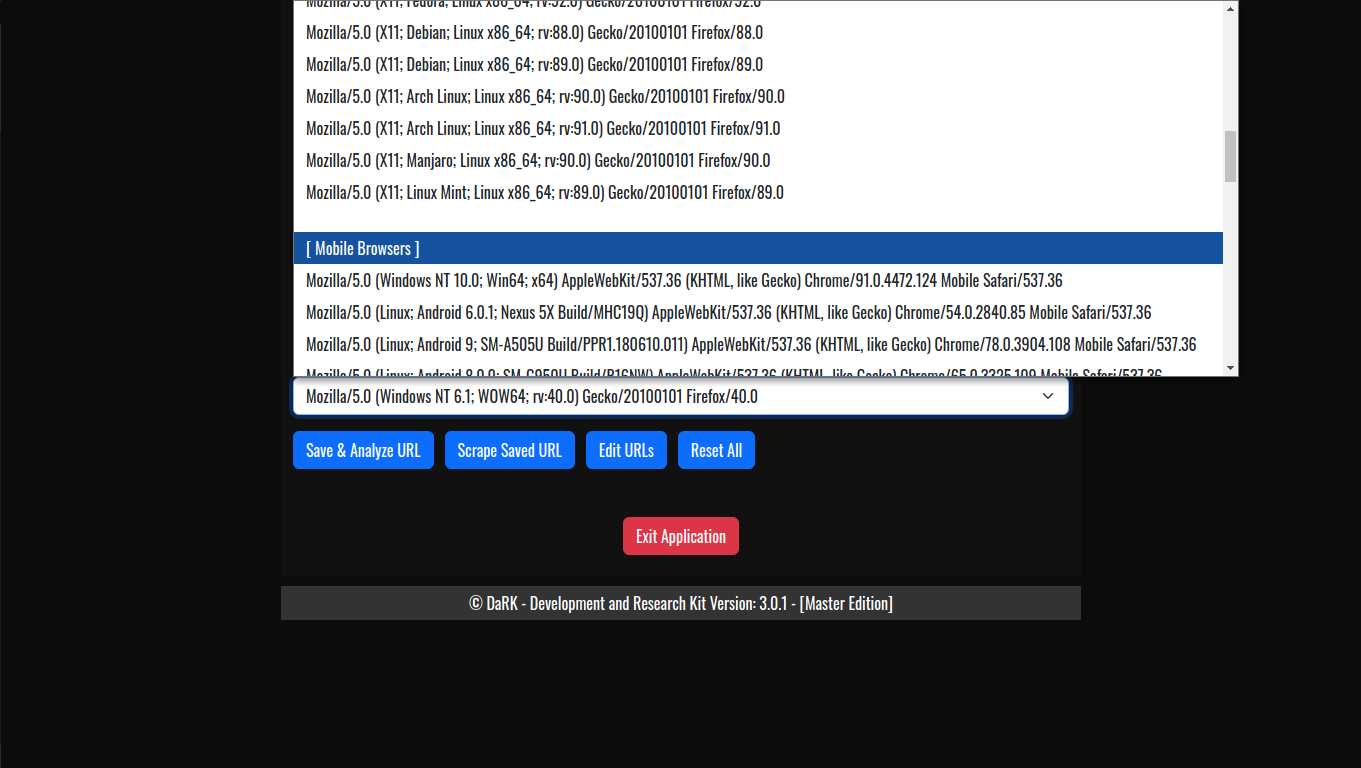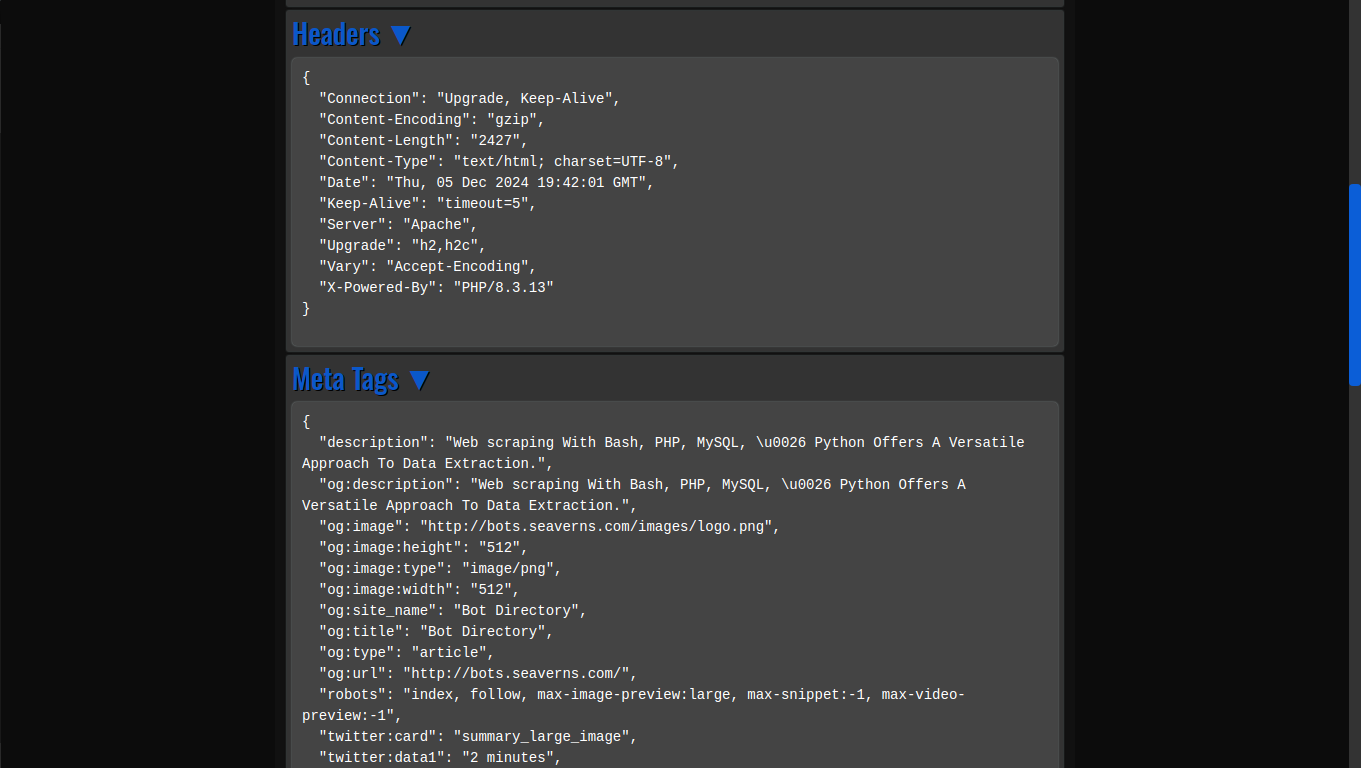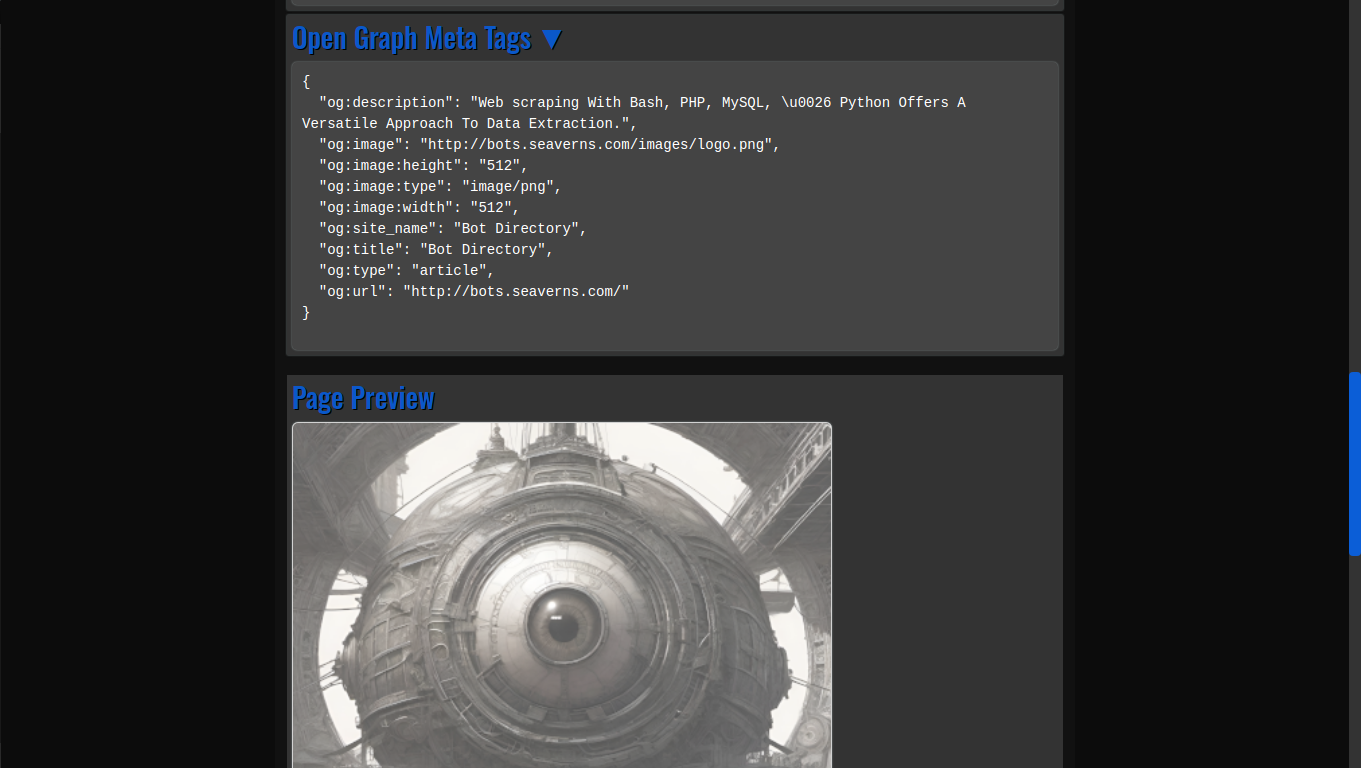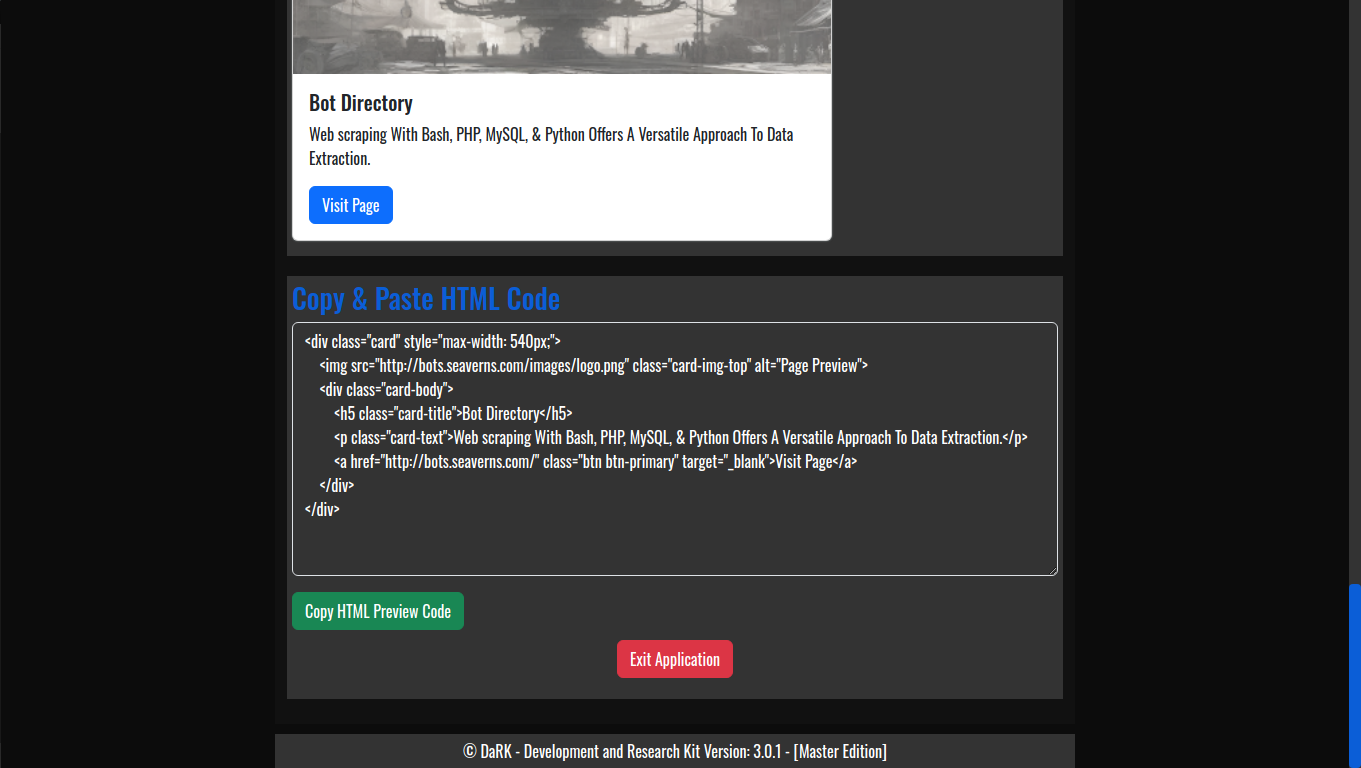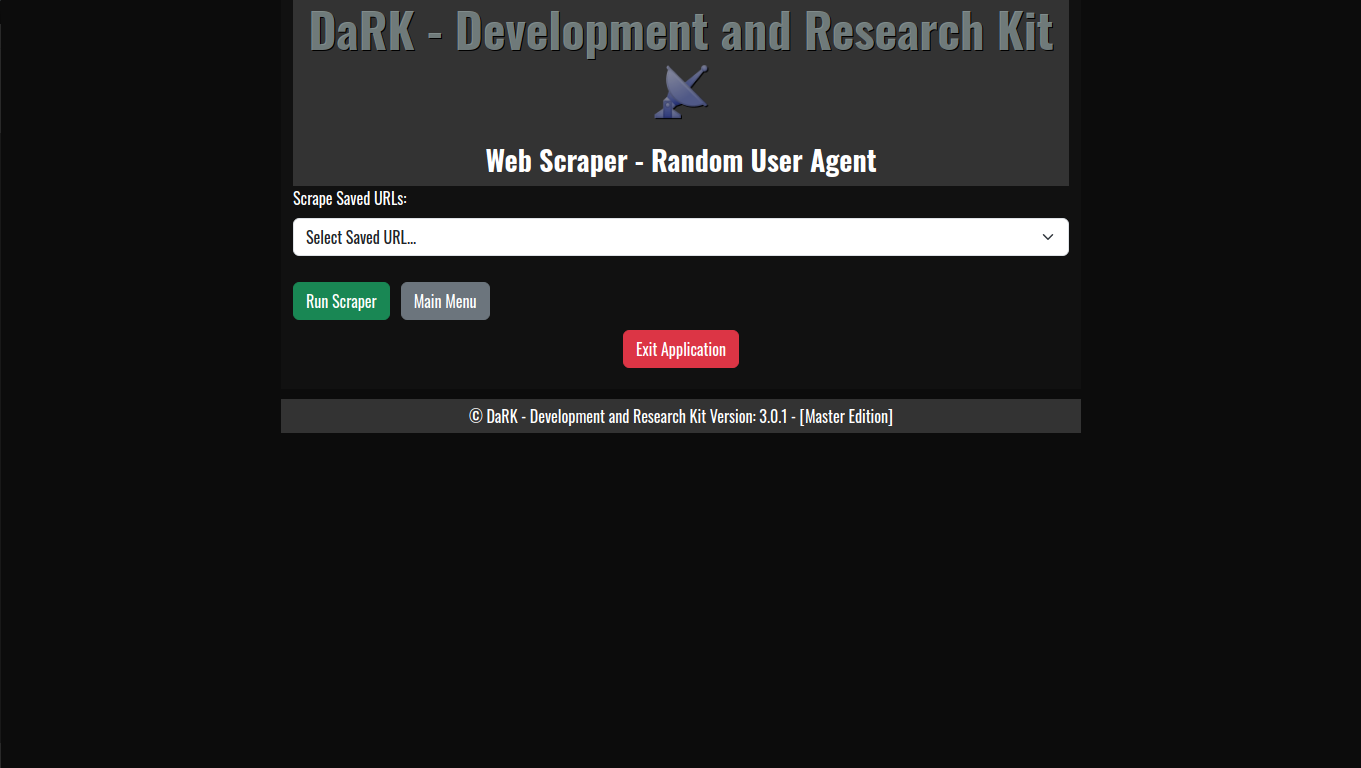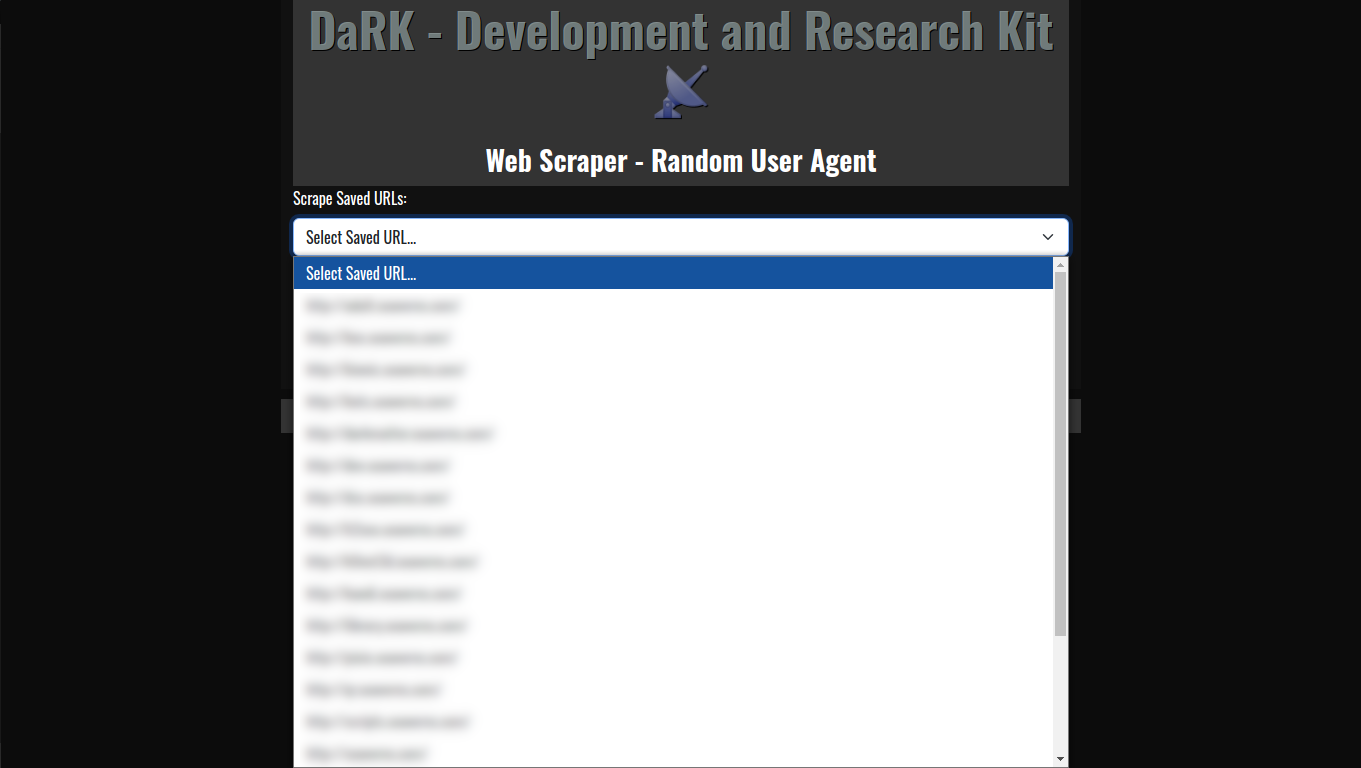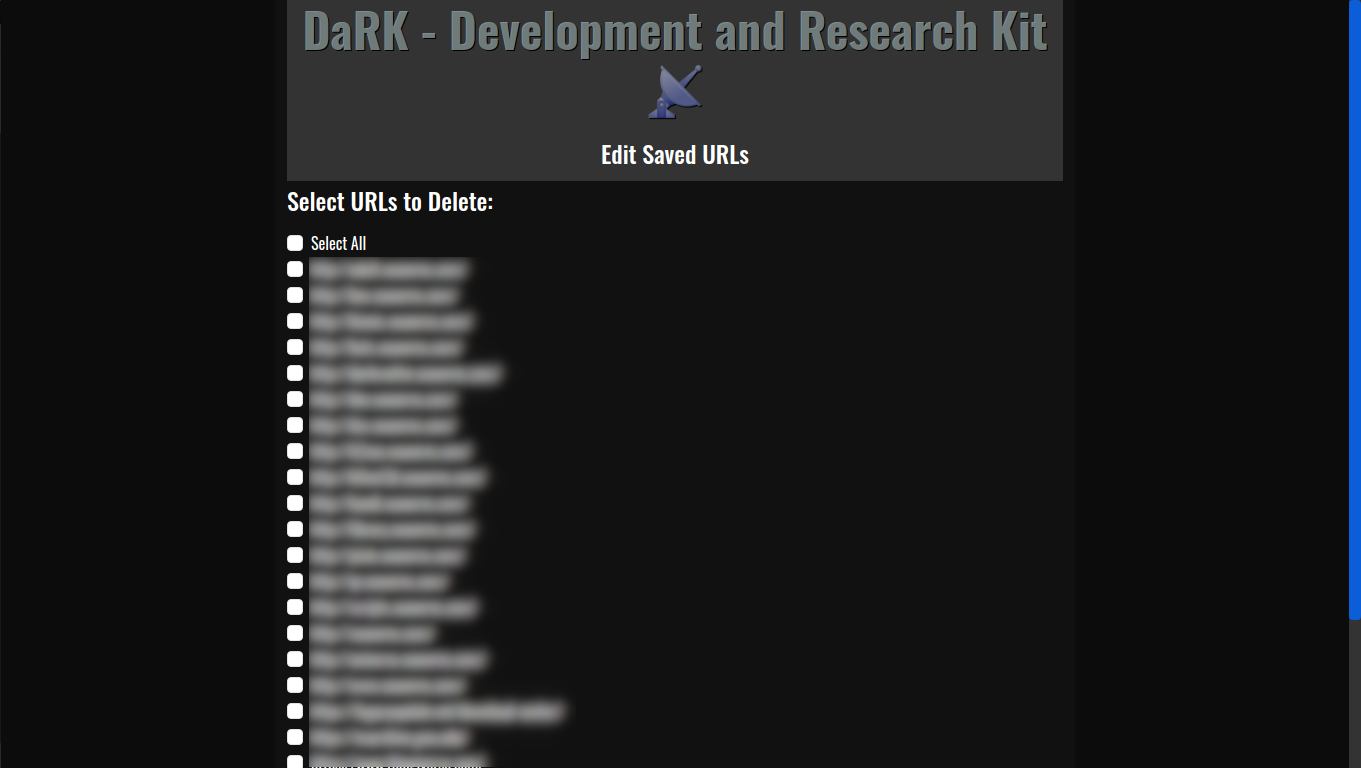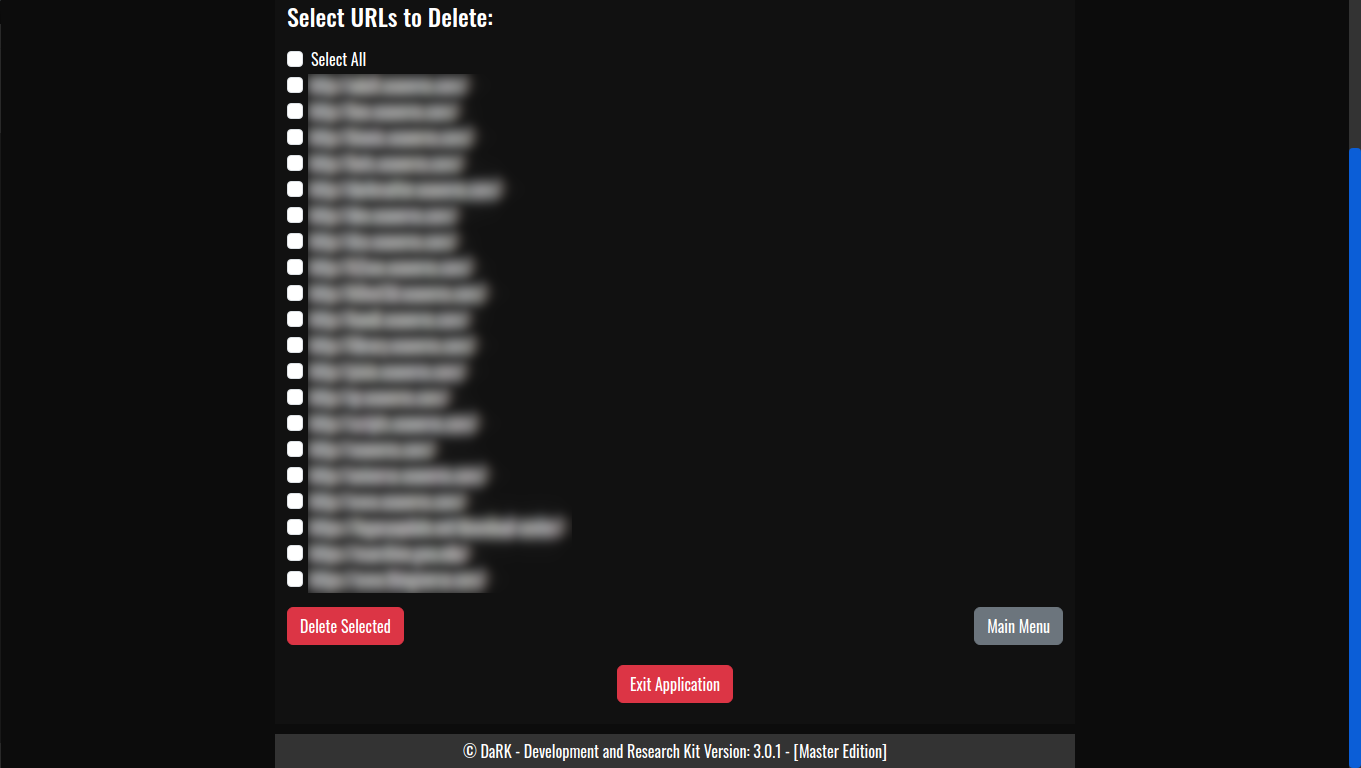ReconX Domain Reconnaissance Spyglass
ReconX Domain Reconnaissance Spyglass
Unlock the Secrets of the Web: Explore Domains with ReconX
In today’s fast-paced digital landscape, domain reconnaissance and cybersecurity are more important than ever. Whether you’re an IT professional, a cybersecurity enthusiast, or someone curious about the digital world, ReconX Domain Reconnaissance Spyglass is your go-to tool for exploring domain-related information. This simple but powerful Python script performs a series of reconnaissance checks on a given domain, allowing users to gather critical data for analysis, auditing, or research purposes.
What is ReconX?
ReconX Domain Reconnaissance Spyglass is a Python-based tool designed to retrieve useful data related to a given domain. The script performs the following key functions:
- Subdomain Detection: It checks the domain for common subdomains and reports if they are active. Subdomains are important for understanding the structure of a website and discovering potentially hidden resources.
- Port Scanning: The tool scans the domain’s IP address for open ports, helping to identify which services are available on the domain (e.g., web servers on HTTP/HTTPS ports).
- SSL Certificate Inspection: By connecting securely to the domain, ReconX retrieves the SSL certificate information and extracts the Subject Alternative Names (SAN), which could include additional domains or subdomains that are part of the same certificate.
- Results Saving: After gathering all the data, ReconX provides an option to save the results to a text file, making it easy for the user to store and review the findings at a later time.
How Does ReconX Work?
The tool operates by performing a series of network operations and leveraging Python libraries such as socket, ssl, and dnspython. Here’s how each function works:
1. Subdomain Detection
The script attempts to resolve common subdomains such as www, mail, blog, and others for the provided domain. This is done using DNS queries, and if a subdomain resolves to a valid IP address, it is added to the results.
2. Port Scanning
Once the script obtains the domain’s IP address using DNS resolution, it performs a basic port scan. This scan checks the availability of the most commonly used web ports, 80 (HTTP) and 443 (HTTPS), to see if the domain is active and accessible over the web.
3. SSL Certificate Analysis
The script establishes a secure connection to the domain on port 443 (HTTPS) and retrieves the SSL certificate. It then inspects the Subject Alternative Names (SAN) in the certificate. SANs are additional domain names or subdomains that are secured by the same SSL certificate, which can provide a broader view of the domain’s security infrastructure.
4. Save Results to File
Once all checks are complete, the tool outputs the results in a human-readable format. It then prompts the user if they want to save the results to a file for later use. This is particularly useful for reporting, documentation, or further analysis.
ReconX Domain Reconnaissance Spyglass is a lightweight and efficient tool for anyone needing to gather essential information about a domain. Whether you’re a cybersecurity professional performing a routine check or a curious individual exploring the web, ReconX provides an easy way to uncover subdomains, open ports, SSL certificates, and more. With just a few commands, you can gain deep insights into the structure and security of any website.
Start exploring today with ReconX and take your domain reconnaissance to the next level!


